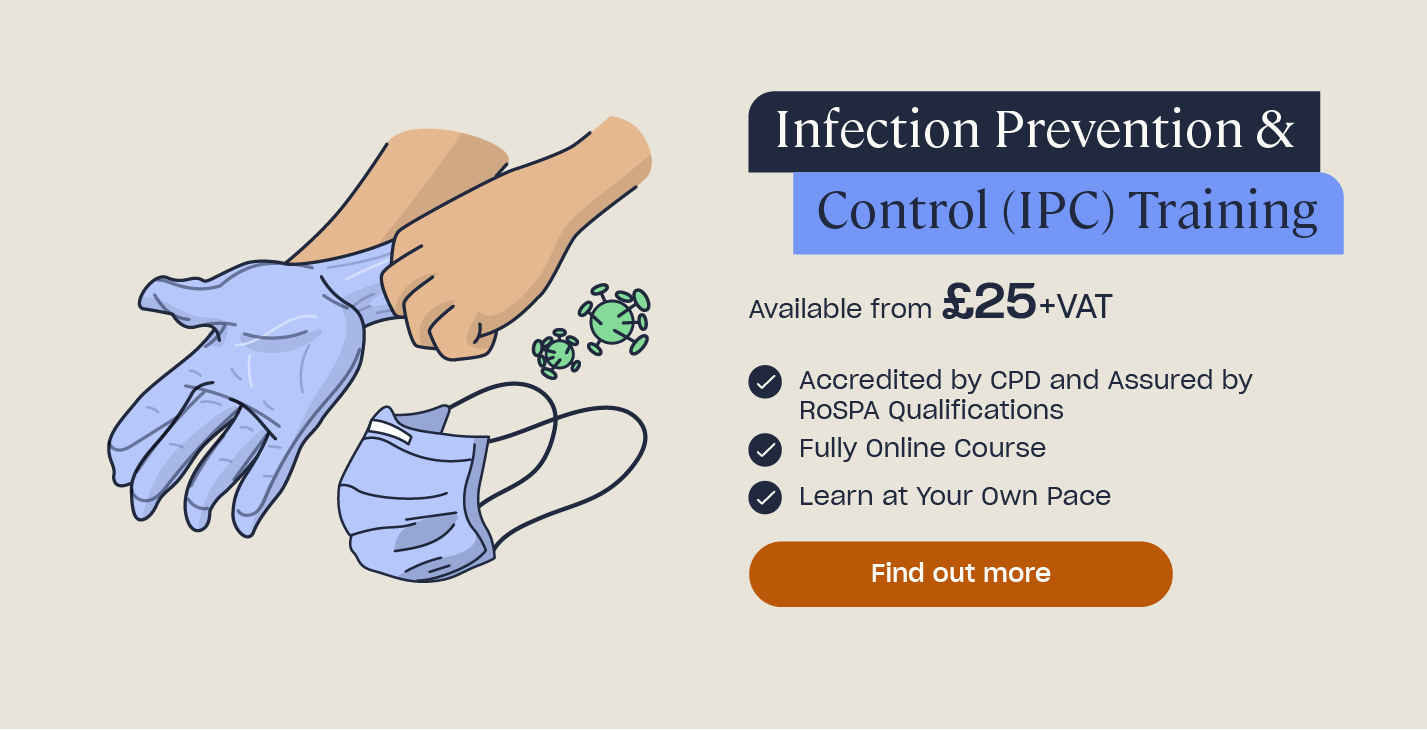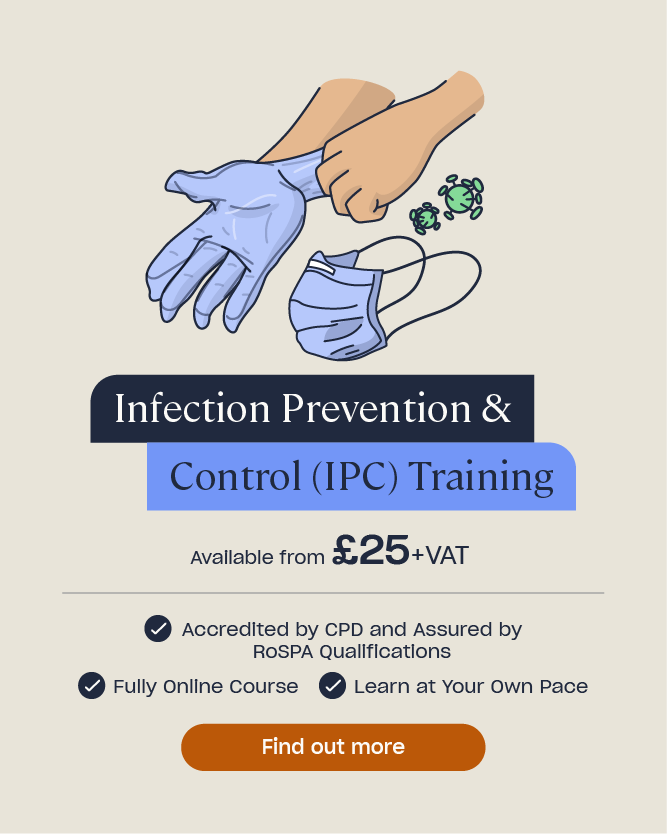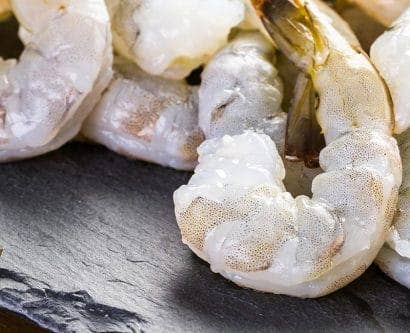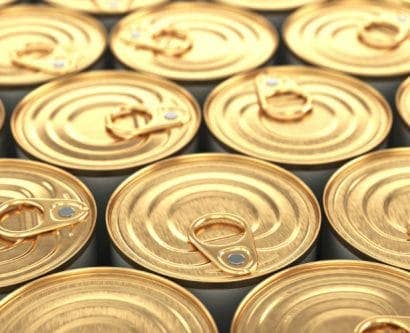Hand Hygiene: Myths and Facts
We’ve heard a lot over recent years about washing our hands frequently as a way of protecting ourselves, our health, and those around us. This is because hand washing is vital for controlling bacteria and helping to limit the spread of viruses.
While it may seem simple to wash your hands or wear gloves, it’s crucial that you do so correctly. Some hand hygiene practices can actually end up increasing the level of risk rather than keeping us safe. We all know the importance of hand hygiene, but do we always know how to practice it correctly? Here, we debunk some common myths and misconceptions surrounding hand hygiene and provide you with the facts.
Myth 1 – Wearing gloves is more effective than hand washing
The truth here is that wearing gloves can actually be less safe and less hygienic than not wearing them.
People tend to think that because they have gloves covering their hands, they are protected from any bad germs getting onto them. This is incorrect as, after gloves are put on, bacteria can multiply quickly on the hands. Then, if a glove gets punctured, or you take a glove off, this bacteria can easily spread from the hands onto whatever you are touching.
Gloves can also carry bacteria on them, and that bacteria can transfer onto anything you touch. Think if you were to touch raw chicken: you would immediately wash your hands before touching anything else as you don’t want to cross contaminate whatever else you touch. Similarly, if you were preparing food that contained an allergen, such as peanuts, then you would thoroughly wash your hands before handling any allergen-free ingredients or food. This same rule applies for gloves – the bacteria or allergen can still survive on the gloves and would therefore transfer onto anything else you touch.
What’s more, wearing gloves can also create a false sense of security, as studies have shown that people wash their hands less frequently if they have gloves on.
In summary, while you can wear gloves, you should bear in mind that hand washing is still the most proven way of limiting contamination of food, surfaces, and other objects, as well as keeping yourself safe. If you do wear gloves, ensure that you change them frequently, wash your hands thoroughly in between glove changes, and wear gloves that are food grade if you are preparing food.
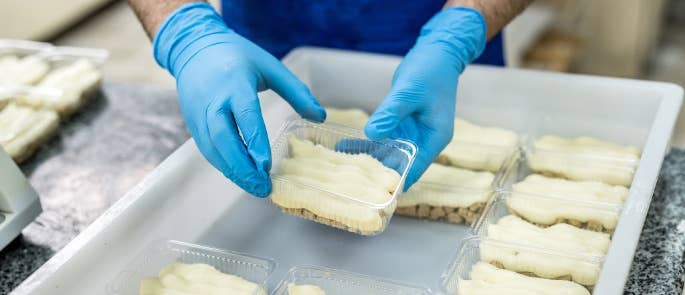
Myth 2 – The hotter the water, the more effective it is for washing your hands
Hot water alone does not kill bacteria or viruses: you must use soap in order to achieve this. There is also no research to prove that higher temperatures improve the quality of your hand washing. Therefore, washing your hands in warm water – as warm as you find comfortable – with soap is effective enough to keep yourself safe. The recommended water temperature for hand washing is between 35 °C and 45 °C, with the idea being that the more comfortable the water temperature, the longer you will take to wash your hands well. As a guide, the water should feel roughly like the temperature of a hot bath.
Myth 3 – Hand dryers are the most hygienic way to dry your hands
While they may be common in toilets and bathrooms up and down the country, hand air dryers can actually increase the amount of bacteria on your hands after you’ve washed them. The inside of hand dryers are moist environments, meaning that they are the perfect environment in which bacteria can grow. Then, when air is released from the dryer to dry your hands, this air can be filled with bacteria. Hand towels can also store bacteria, which means that if you dry your hands using a towel after washing, then you can transfer bacteria back onto them.
The safest way to dry your hands is by using disposable paper towels, as these help to prevent harmful bacteria and viruses from getting back onto your hands.
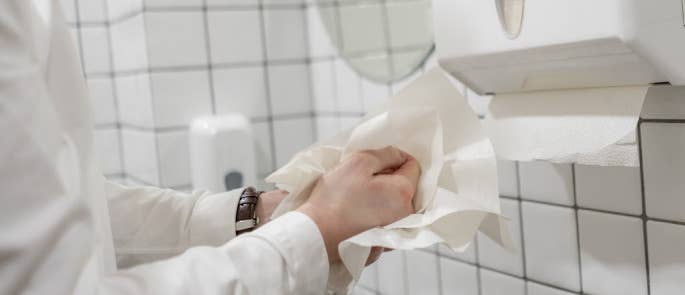
Myth 4 – You don’t have to dry your hands after washing them
Another myth related to hand drying is the misconception that you don’t actually have to dry your hands after you’ve washed them. This is untrue, as studies have shown that germs can be transferred more easily to and from wet hands than dry hands. Therefore, you should always dry your hands, using a disposable paper towel where possible.
Myth 5 – Alcohol hand sanitisers can be used instead of hand washing
Washing your hands with warm water and soap is the best way to remove any viruses and bacteria from them, so ideally you should always favour hand washing over using a hand sanitiser. However, if hand washing facilities are unavailable, like if you’re outside in a park about to eat a picnic, or you’re at the supermarket, then you should use an alcohol based sanitiser or gel, as it will still eliminate harmful bacteria. To be effective, the hand sanitiser should be at least 60% alcohol.
The reason why you shouldn’t substitute hand washing for sanitisers, unless in circumstances where you cannot wash your hands, is because they are not as successful on dirty hands. While they have been shown to remove bacteria on clean hands, for hands that are dirty and greasy the sanitiser cannot remove this to the same level as washing the hands can. What’s more, the alcohol in the sanitiser can dry out your skin. It is harder to remove bacteria from dry skin as it can get stuck within the cracks and openings on the hands. Best practice is to always wash your hands using soap and water where possible.
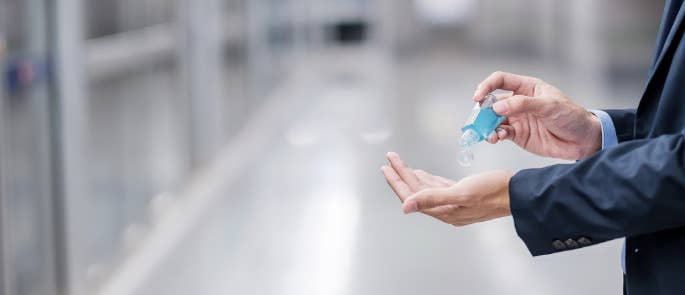
Myth 6 – You should only wash your hands with antibacterial soap
There have been many studies that have aimed to discover whether antibacterial soap is more effective than regular soap at destroying bacteria and viruses. Findings reveal that antibacterial soaps are actually only slightly more effective than regular soaps.
When we wash our hands, the most important thing we do is break up the layers of fat that are on our hands. This fat can contain bacteria and viruses within it, so by breaking up the fat we help to remove the bacteria contained within. Both antibacterial and regular soaps break up fat, meaning that they are both effective.
Myth 7 – As long as soap is used, it doesn’t matter how long you wash your hands for
The length of time that you wash your hands for is actually very important. The NHS recommends that you wash your hands for 20 seconds, which roughly equates to how long it takes to sing ‘Happy Birthday’ twice. This is because 20 seconds is the time it takes to effectively destroy any harmful bacteria or virus that may be on your hands. It also means you have plenty of time to wash every part of your hands thoroughly.
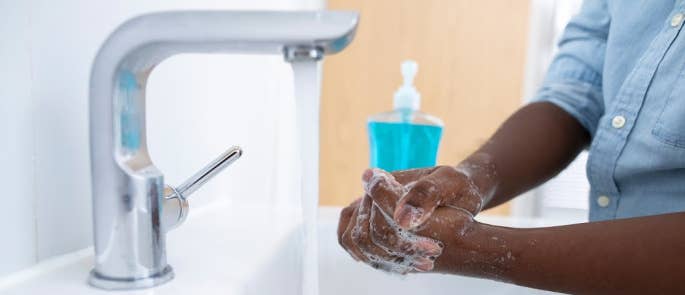
Myth 8 – You only need to wash your hands after using the bathroom or before preparing food
Hand hygiene is essential for removing bacteria, viruses, and dirt, and prevents them from spreading to other people and objects. We must remember that we can pick up germs from everything we touch, so washing our hands frequently and after doing certain things is very important.
You should always aim to wash your hands:
- After you have used the toilet or changed a nappy.
- Before and after touching raw foods, such as meat and vegetables.
- Before handling food.
- Before eating.
- After you have blown your nose, sneezed, or coughed.
- Before and after you have treated a cut or a wound or administered first aid.
- After you have touched animals, including any pets, their food, and after you have cleaned their cages.
- After handling rubbish or recycling.
Always wash your hands using the seven steps of hand washing in order for it to be effective.
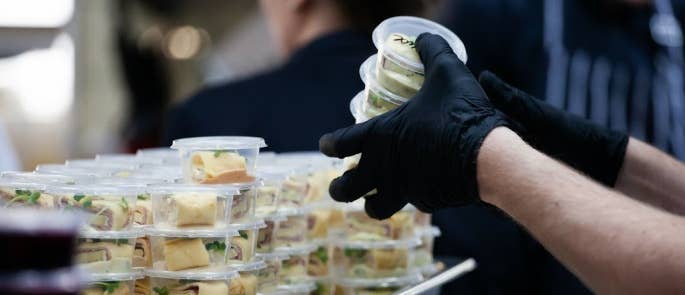
It’s important that you understand the truths behind some common hand hygiene myths, as practising effective hand hygiene is the number one way to keep ourselves, and everybody else, safe.
Further Resources:
- Hand Washing Posters
- The 7 Steps of Handwashing
- What are High Touch Surfaces and How Should You Clean Them?
- Hand Hygiene and Infection Control Quiz
- Infection Prevention & Control (IPC) Training


